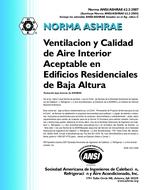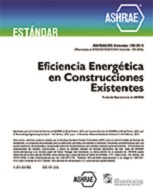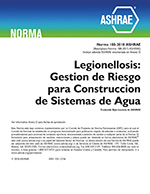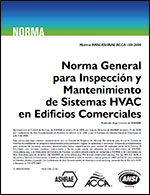Description
To predict the performance of a naturally ventilated building, estimates of the wind-induced surface pressure distribution are needed. In urban environments, where buildings are grouped closely together, these surface pressures will be strongly influenced by the surrounding structures. In addition, the sheltering effect of the surrounding built-up environment can make it more difficult to obtain large enough pressure differences across a building necessary to produce adequate natural ventilation airflow rates. This paper describes the results of a wind tunnel investigation of wind pressure distributions over an attached two-story shop or housing unit contained in long building rows of the variety that are commonly found in densely populated commercial centers of Southeast Asia (shophouse) and other urban settings (British row house). Surface pressure measurements were made on a 1:125 scale model as a function of wind direction, spacing between adjacent building rows, and building geometry. Simplified correlations are developed to predict the rneasured surface pressure coefficients. The jack roof, a roof-level ventilation device, is a key architectural feature of the test model. Using the developed correlations, the characteristics of the ventilation performance of the jack roof are discussed and compared to those for other flow configurations. The jack roof demonstrates significant potential to be an effective natural ventilation design for densely built-up urban areas.
Units: SI
Citation: Symposium, ASHRAE Transactions, 1988, vol. 94, pt. 2, Ottawa
Product Details
- Published:
- 1988
- Number of Pages:
- 26
- File Size:
- 1 file , 2.2 MB
- Product Code(s):
- D-OT-88-13-3




